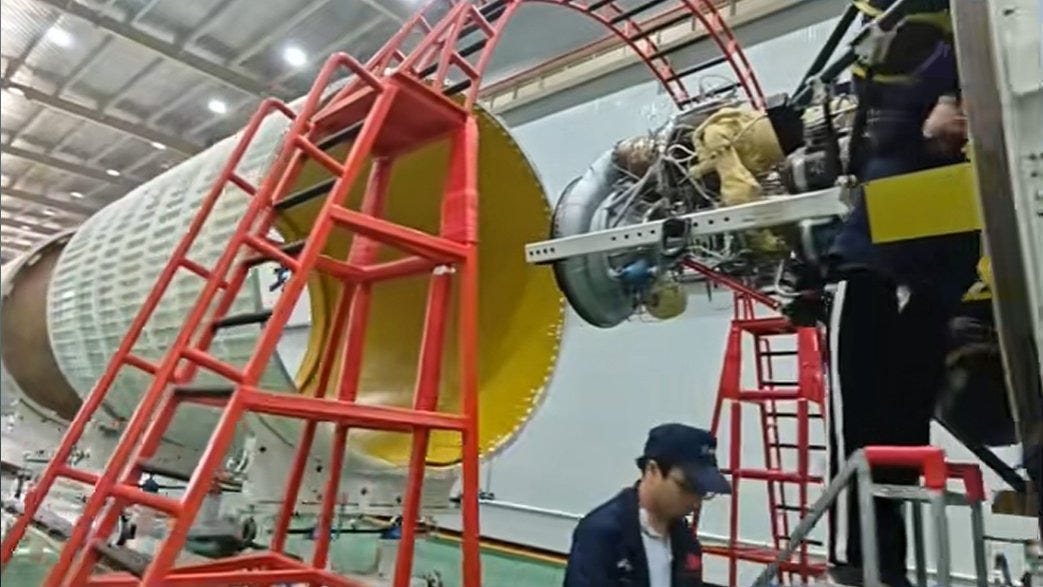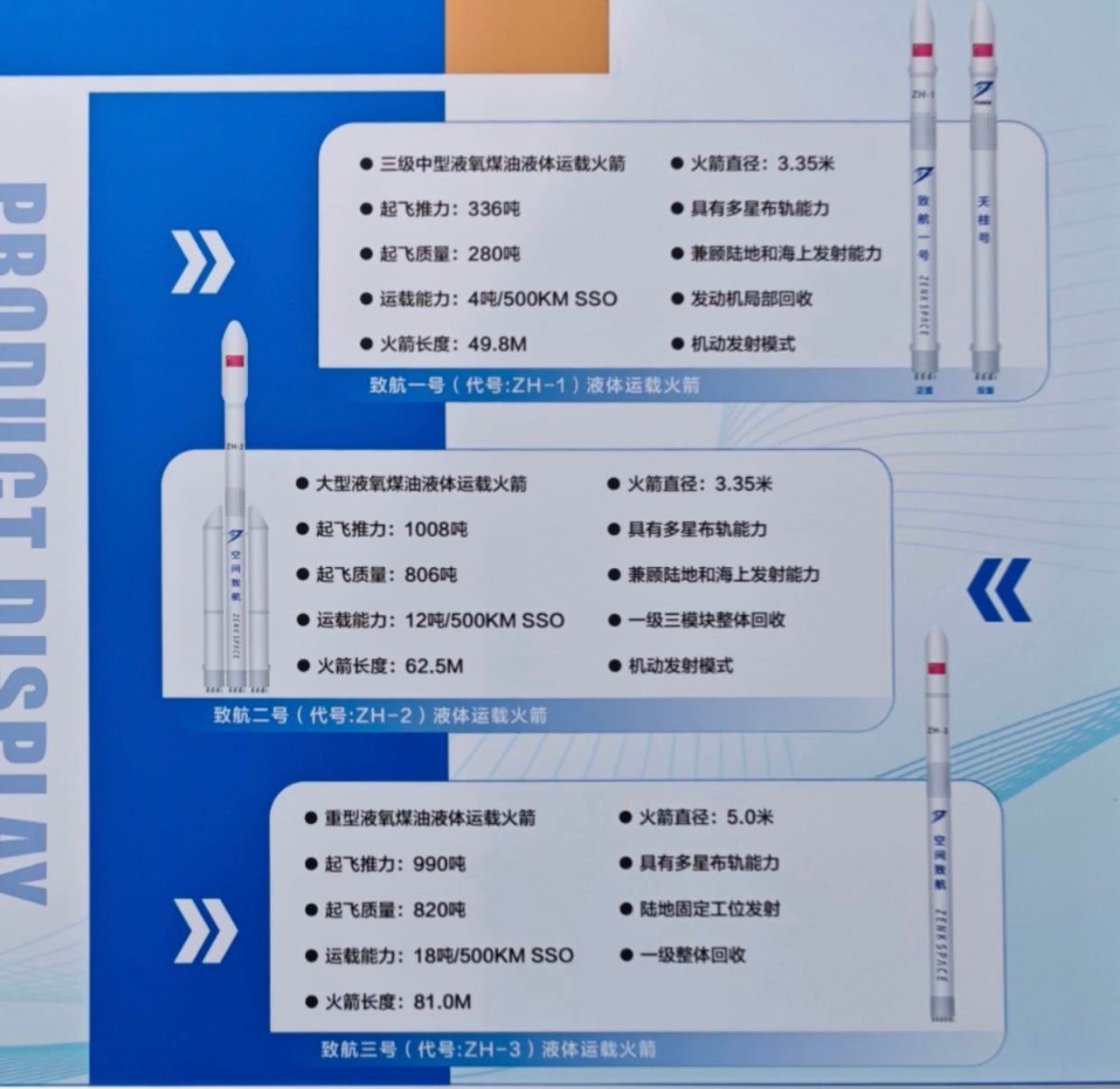New Launch Startup Aims to Recover Rocket Engines
Zenk Space is planning to recover the engine section of its launch vehicle, ahead of an American competitor.
Launch startup Zenk Space (空间致航), full business name Beijing Space Zhihang Technology Co Ltd (北京空间致航科技有限公司)1, founded in January 2019 with a Suzhou-based2 subsidiary, Zhihang Technology Suzhou Co Ltd (致航科技苏州有限公司)3, established in September 2023, has recently emerged into the public eye after working fairly quietly on their liquid propellant launch vehicle, also having raised about one billion Yuan (approximately 140 million United States Dollars, as of October 29th).
With the recent emergence, a launch vehicle was of course announced, being dubbed Zhihang-1 (致航一号). Once placed on the launch pad, Zhihang-1 will be about 49.8 meters tall and 3.35 meters wide with three stages, massing around 280,000 kilograms fully fuelled. Powering the first two stages will be the Academy of Aerospace Liquid Propulsion Technology’s rocket-grade kerosene and liquid oxygen burning YF-102 (a popular engine in the commercial sector), with four on the first-stage to generate 336 tons of thrust and a single vacuum optimized version on the second-stage, generating 85 tons of thrust. No details were shared on the third-stage, it will likely be similar to the European RFA One. Zenk Space claims that Zhihang-1 will be able to send 4,000 kilograms into a 500-kilometer sun-synchronous orbit.
Unlike most launch startups that have emerged recently, Zenk Space has a substantial amount of hardware already toward the first flight of Zhihang-1. Images and videos shared on Chinese social media show that so far, the launch vehicle has a first-stage, second-stage, an interstage, and a vacuum optimized YF-102 engine in active vehicle production.
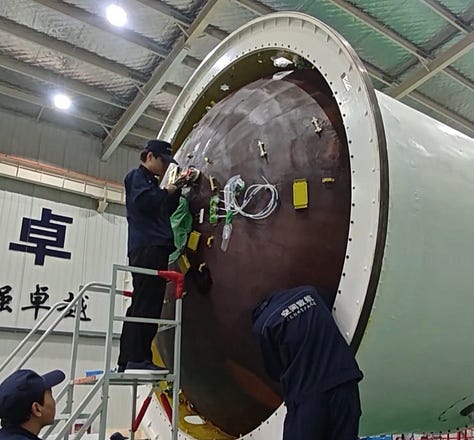


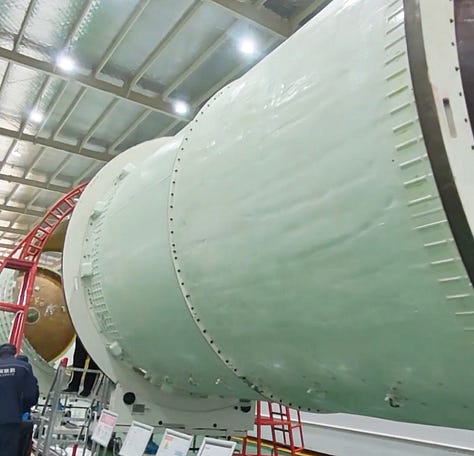
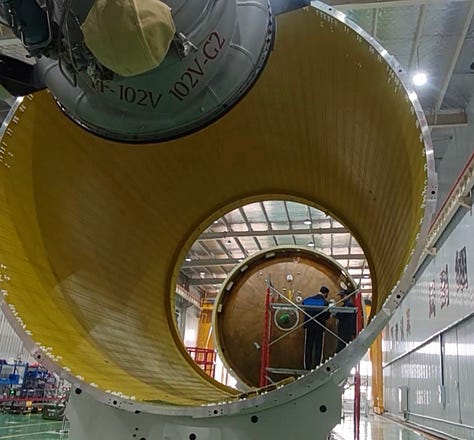
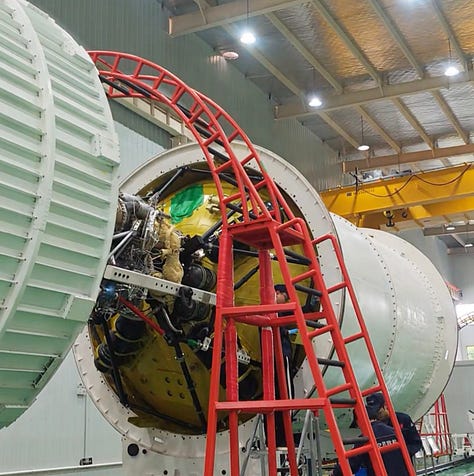
At the moment, the debut flight of Zhihang-1 is said to be targeting no earlier than the 2026 Spring Festival (春节), in February, from the Jiuquan Satellite Launch Center4. That target date is eight months after an earlier target of June 2025 that went largely unnoticed.
In the longer term, Zhihang-1 will work toward a cost per kilogram between 25,000 to 30,000 Yuan (3,520 to 4,220 United States Dollars), for a cost per flight of about 100 million to 120 million Yuan (14.1 million to 16.9 million United States Dollars). Regular launch vehicle production is set to begin in 2026.
Continuing Zenk Space’s departure from the majority of China’s commercial space sector, Zhihang-1 will not be recovering its boosters and instead flying the engine section. After first-stage flight, the engine section with the four YF-102’s will separate from the stage before inflating a heat shield to decelerate back through the atmosphere before softly landing under parachute for recovery. Once on the ground the engine section will be collected, inspected, and installed on another first-stage to fly again.
Zhihang-1’s engine section recovery scheme is similar to an existing idea from the American enterprise United Launch Alliance, which it calls SMART (Sensible Modular Autonomous Return Technology) reuse and is claimed to be a planned addition to the Vulcan rocket. Since the scheme’s announcement in 2015, the most recent progress towards SMART reuse was the recovery of an inflatable heat shield following reentry from orbital speeds. SMART reuse can be traced back to an approach experimented with by Boeing in the 1990s.
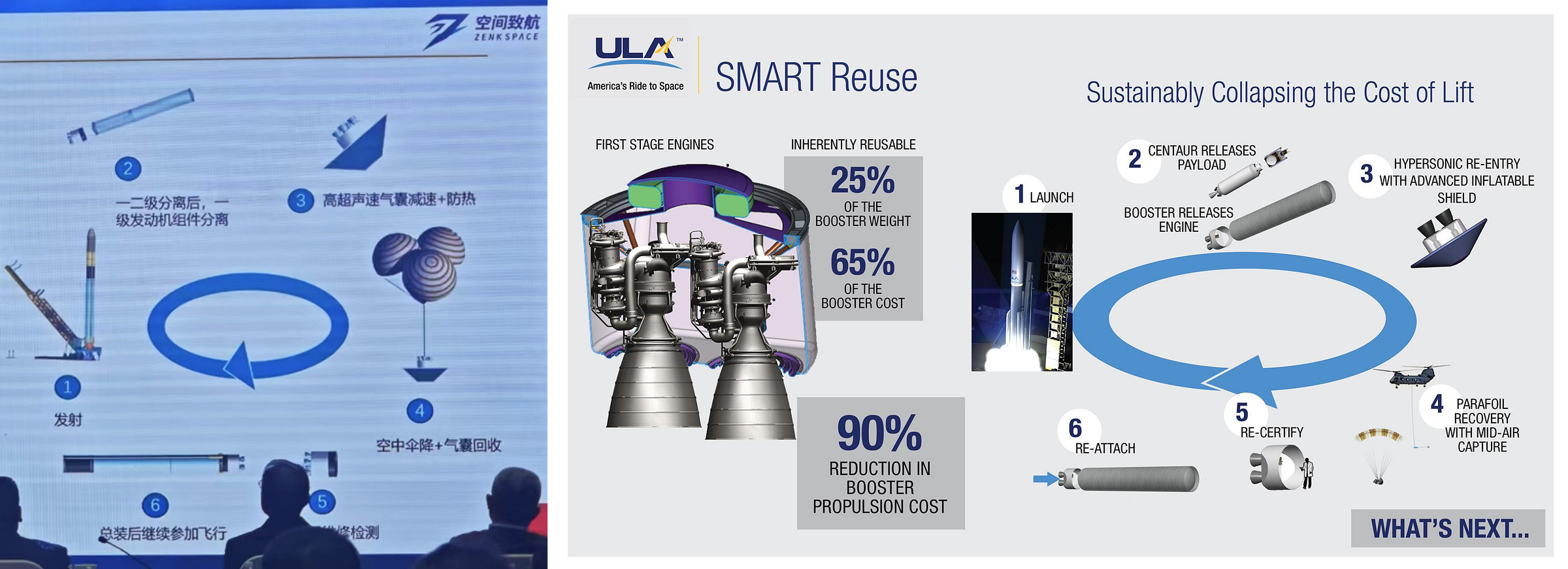
Zenk Space is also looking beyond Zhihang-1 to broaden its launch solution offerings. Closely related to their current rocket is Zhihang-2 (致航二号), a triple-core version of the rocket with an extended second-stage to send 12,000 kilograms into sun-synchronous orbit. That vehicle is planned to be 62.5 meters tall and weigh 806,000 kilograms fully fuelled, with 1,008 tons of thrust in the three first-stage boosters (which may have their engine sections recovered).
Further into the future, there is Zhihang-3 (致航三号), a five-meter-diameter two-stage launch vehicle that is proposed to send 18,000 kilograms into sun-synchronous orbit. Prepared for flight, Zhihang-3 will stand 81 meters tall and weigh 820,000 kilograms. According to a 2024 patent, the vehicle may have seven engines for a liftoff thrust of 990 tons. Unlike the other Zhihang rockets, this one will use the more popular vertical landing scheme for the entire first-stage, implicitly implying the cost effectiveness of engine section recovery on larger vehicles.
Relevant Qizhidao page of Sun Fengwen (孙凤文), founder and majority shareholder, attached here.
Suzhou (苏州市) is a city of 12.7 million people in southern Jiangsu (江苏) province, administratively bordering Shanghai (上海市), and is part of the Yangtze River Delta (长江三角洲) megalopolis, with a combined gross domestic product of around 4.7 trillion United States Dollars.
Relevant Qizhidao page of the Suzhou subsidiary attached here.
Possibly from the same launch pad (a flame diverter on reinforced concrete) that Space Pioneer used for Tianlong-2’s sole flight to date.



